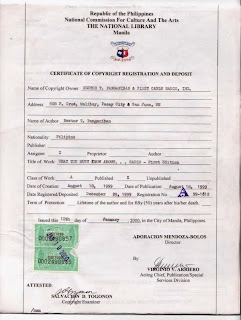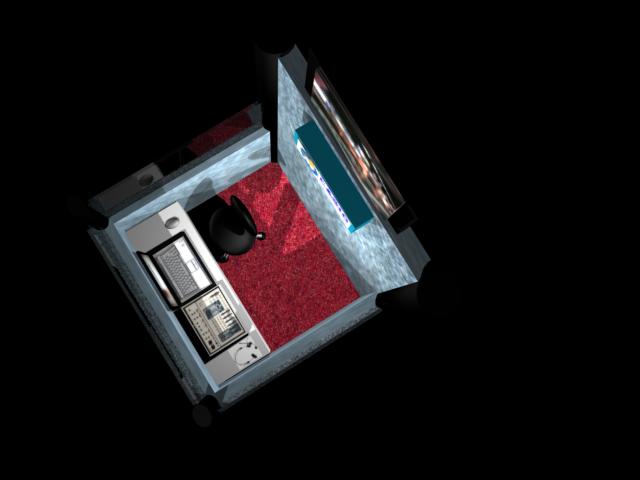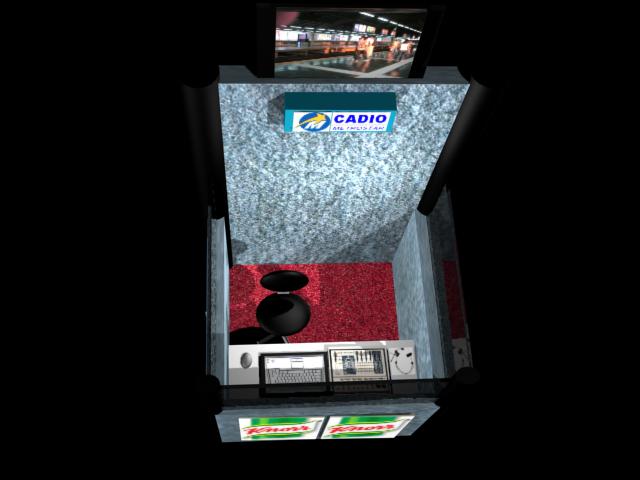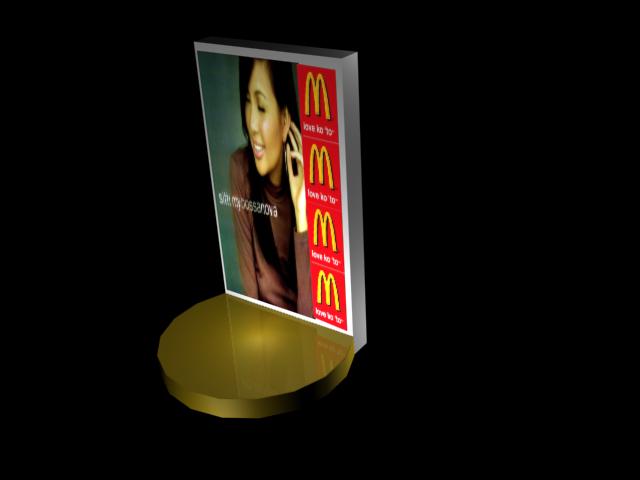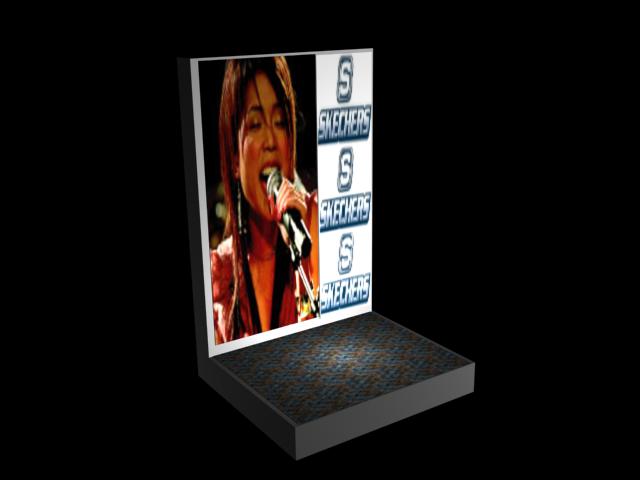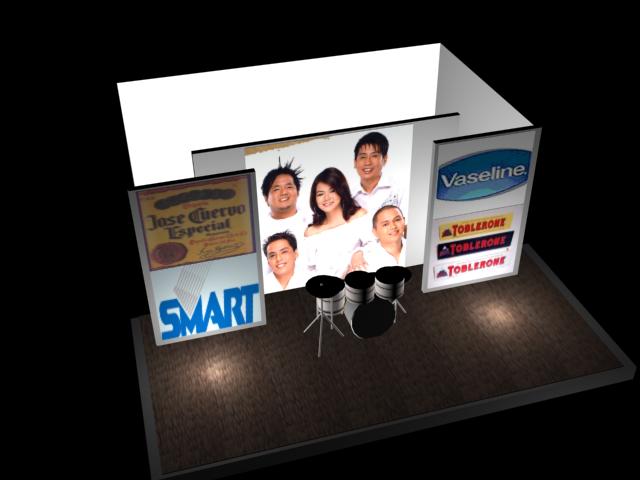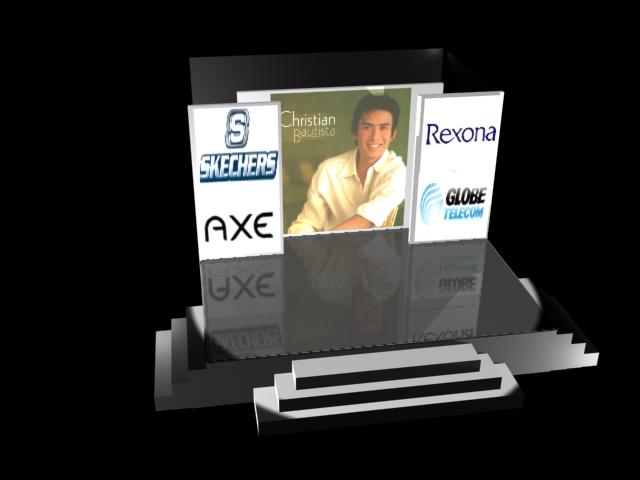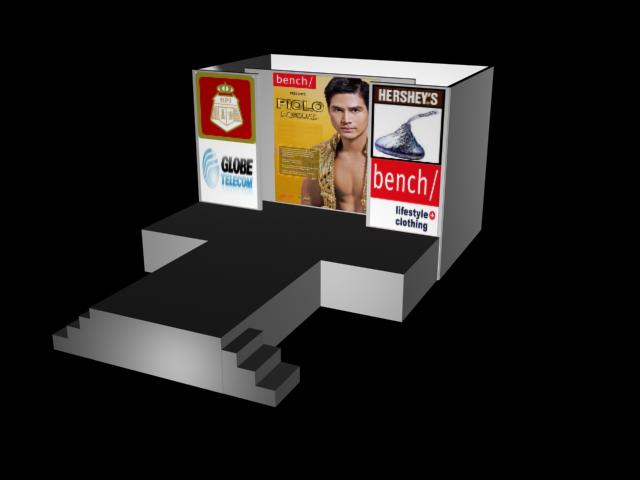
Seeing the value of music management and entertainment, the world’s largest fastfood chain McDonald’s signed up with non-trad advert experts CADIO Advertising to provide canned and live entertainment for their McDonald’s stores within Metro Manila.
Starting October 2010 diners will experience live DJs, surprise guests, games and prizes while enjoying their favorite meals inside McDonald’s with CADIO.

Signing the MOA with Fidel Balbieran (right), Local Store Marketing Consultant of Golden Arches Development, Corporation.
“We love McDonald’s, its crew and it’s high-end standards to provide exceptional service to it’s customers... and we want to be part of that..” Nestor Panganiban, Business Director at CADIO Advertising says in an interview. The company who’s brand expertise CADIO is a product of a decade worth of intensive industry research and planning and has been touring Malls, Restaurants and Events in the past.

Nestor “AndyGold” Panganiban poses at McDonald’s HQ.
Panganiban who used to be a McDonald’s crew himself, adds he grew his company based on the many positive ideals and philosophy of Mcdondalds, and its good to be back working with them. “It’s not radio, it’s CADIO..” Panganiban stresses.
The term CADIO is a non-traditional, interactive advertising devise and a medium. CADIO is pronounced “k-dio,” and it runs like an FM radio sound system, device or a digital player that can be set-up, played and heard inside a narrowcast coverage area. CADIO Advertising is supported by the Filipino Society of Composers, Authors and Publishers (FILSCAP) and aims to promote the industry standard on narrowcasting.

Nestor Panganiban of CADIO Advertising and Fidel Balbieran, Local Marketing Consultant of McDonald’s Philippines pose after contract signing.
Joining the bandwagon is former FM DJ turned Voice Director/Actor Brian Mathew Ligsay, who’s professional career in doing voices has been heard in countless commercial productions here and abroad. Ligsay who co-owns Creativoices Productions and Sparkle Prints Media, adds his 15-year industry experience to CADIO as the Media-Seller Director of CADIO Advertising.

(Left to right) Andy Gold, Fidel Balbieran and Dj BigBrian for some photo-ops.
“What can I say, I love BIGMac .. and we want to make sure our clients and customers will benefit from each other’s stay at the no.1 fastfood chain in the planet, “ Ligsay mentions in this interview. He claims that this innovation in fastfood enjoyment will revolutionized market based value for money advertising. “As an advertiser, you can’t go wrong with this, as a consumer you’ll start looking
forward to it..” He adds, the concept of providing entertainment to diners is not new, but building up their anticipation to a pleasurable dining experience is a concept we at CADIO have perfected.
It was over ten years ago that the company started the medium, to which now is being recognized as the most effective marketing per customer value in advertising. This captured market strategy paired with a tried and tested entertainment formula will surely make for an unforgettable dining experience.
CADIO will be touring McDonald’s stores metrowide, each for seven days, bringing in surprise celebrity visits, artists, FM jocks and giveways for its customers. So maybe the next time you take home a Happy Meal, it might just bring a you a real BIG surprise.
For information on how you can benefit from CADIO Advertising and McDonald’s CADIO, you can visit their website at www.CADIOadvertsing.com, e-mail: brian@CADIOadvertising.com or call 517-
7671/850-1397 and 0919-5731714/0915-5134843



